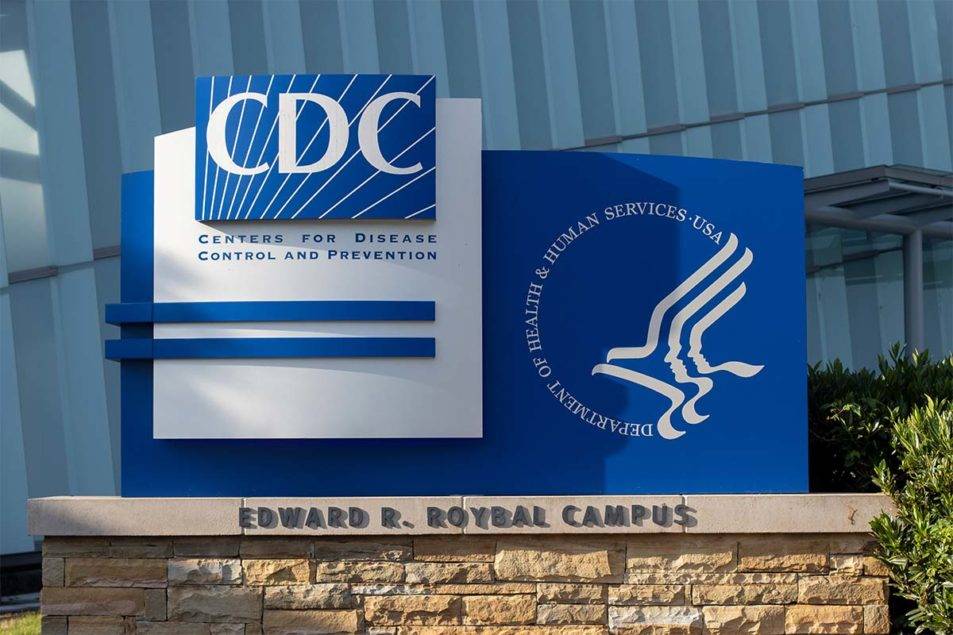The Centers for Disease Control and Prevention (CDC) recently released a report on a concerning discovery regarding a mutation of a strain of H5N1 found in a severe human case of the disease. Despite the changes detected, the CDC maintains that the risk to the general public remains low.
The CDC sequenced samples from a patient in Louisiana who became severely ill after contracting H5N1 earlier this month. This case marked the first severe case of H5N1 reported in the United States. The mutation discovered in the patient’s samples has raised some alarm due to its ability to bind to cell receptors in the upper respiratory tracts of people. While this mutation could potentially allow the virus to move more easily through human airways, the CDC emphasized that no person-to-person transmission has been detected thus far.
In its report, the CDC stated, “Although concerning, and a reminder that A(H5N1) viruses can develop changes during the clinical course of a human infection, these changes would be more concerning if found in animal hosts or in the early stages of infection when they might facilitate spread to close contacts.”
The CDC indicated that the mutation likely occurred as the virus replicated in the patient. By comparing virus sequences from infected poultry that the patient had been exposed to, the CDC confirmed that they were nearly identical to the patient’s samples, with the exception of mixed nucleotides found in the individual’s sample.
This discovery underscores the importance of continued monitoring and surveillance of infectious diseases to prevent potential outbreaks and transmission to the general population. The CDC’s prompt identification and investigation of this mutation highlight the agency’s commitment to public health and safety.
As the situation continues to evolve, the CDC will closely monitor any developments and provide updates to ensure that appropriate measures are taken to protect public health. It is crucial for healthcare professionals, policymakers, and the general public to remain vigilant and informed about potential risks and preventive measures related to infectious diseases like H5N1.
In conclusion, the CDC’s report on the mutation of the H5N1 strain in a severe human case serves as a reminder of the constant threat posed by infectious diseases and the importance of proactive monitoring and response efforts. By staying informed and following recommended guidelines, we can collectively work towards minimizing the impact of such outbreaks and safeguarding public health.




